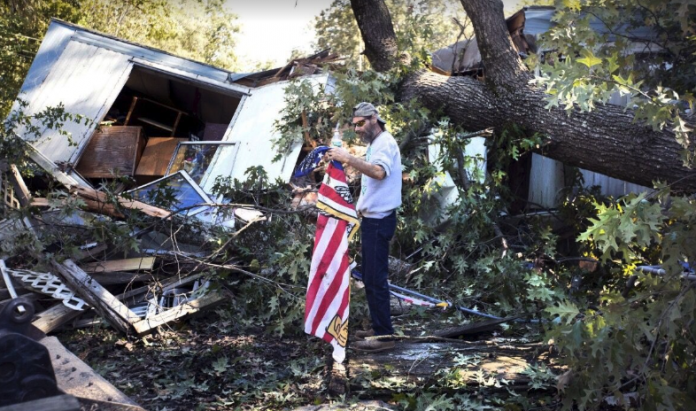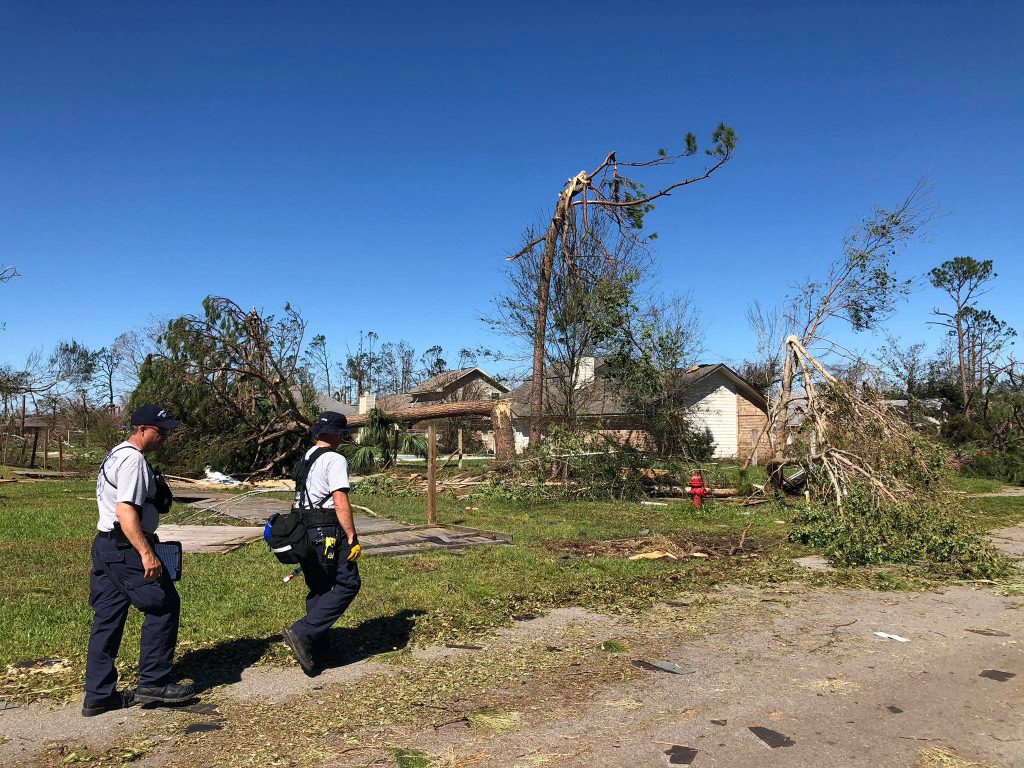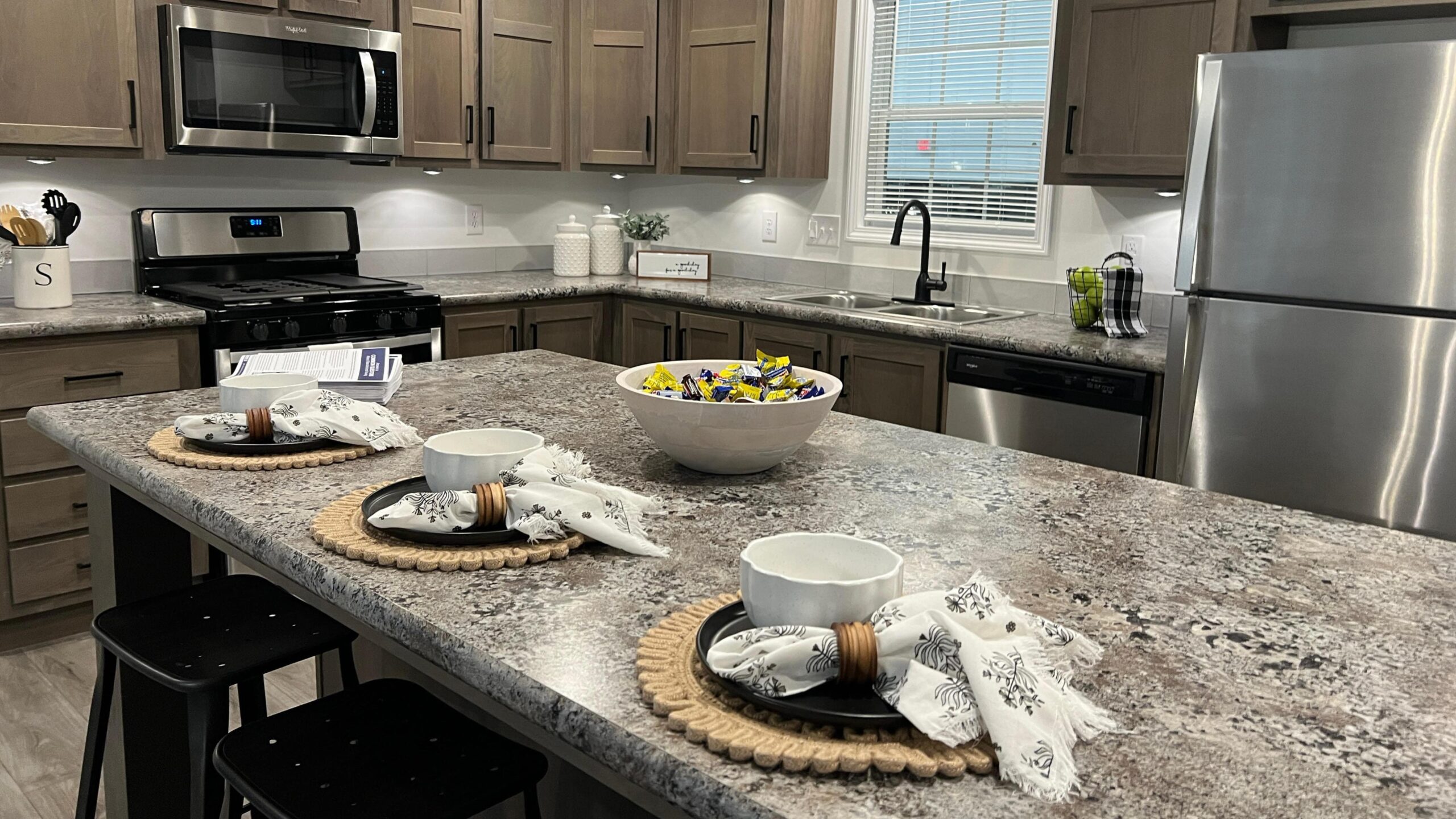Want More Manufactured Home DIY Projects? Read This!
New manufactured home resident Thomas Humbert was excited to test his handyman skills against a broken electrical outlet. To his surprise, a trip to a local hardware store left him with a few more steps than he expected.
While most residences are created from the ground-up, on-site, mobile homes are built assembly-line style, with many parts and components crafted to save space. For instance, the dimensions of a sink may be trimmed down to make it more space-efficient.
“This isn’t usually noticeable to the naked eye,” Mobile Home Parts Store (MHPS) President Tim Peele said, “But it makes a big difference in what part you need.”
Manufactured Home DIY enthusiasts — look for many parts beyond the hot spots
Beth from Capitol Supply Service, an MH improvement store that caters largely to contractors, explained that customers often head to Home Depot in search of doors. They come to realize many big box stores don’t carry the correct size doors for many manufactured homes.
“They can usually special order custom doors but that’s a lot more expensive,” she said.

Are you a manufactured home DIY enthusiast?
Don’t worry, there’s plenty of online places to purchase manufactured home parts including Mobile Home Parts Store and Star Mobile Home Supplies. Your town might even have an MH-specific hardware store like Capitol Supply & Service, which has several bricks and mortar locations in Michigan.
The differences between manufactured homes and site-built homes include doors and windows of different sizes, different water spouts and different heating and cooling systems.
Electrical Outlets Variation for Manufactured Home DIY Enthusiasts
Typical residential switches and outlets connect to a box attached to framing studs. Rather, manufactured home electrical outlets often simply attach directly to the home’s drywall or wall paneling. In older homes, outlets might be self-contained. This means the panel could be difficult to pull out of a wall without causing damage.
“Every home is different,” Peele said. “Any time electrical is involved, it’s best to hire a professional.”
Star Supply CEO Eric Brace agreed: “There is always a risk of electrical shock.”
Another thing to consider: Businesses don’t usually accept returns on electrical or furnace parts.
“This is the biggest problem when doing your own work,” Brace cautioned. “I understand everyone wants to save money but if you’re not sure, you should have a pro look at it.”
Pipes in a Manufactured Home
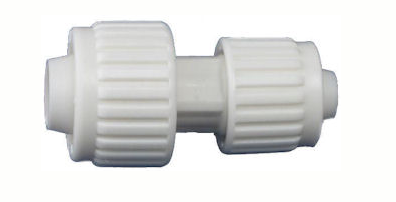
Some pipes in older manufactured homes are no longer in use, making it difficult to find fittings for them. However, Mobile Home Parts Store carries parts that will work even if the plumbing system itself is obsolete, Peele explained.
Mobile Home DIY enthusiasts can gauge what type of pipe they may need based on the pipe’s color. Gray pipes are polybutylene. Flair-It fittings will work for those — its original fittings have been discontinued for a while. White or clear pipe is pex. General fittings will work for these, though DIYers usually find them in major home improvement stores as well. Yellow pipe is CPVC. Fittings for these require glue, are not as flexible and are best found at local home improvement or hardware stores.
Size, size, size
The number one thing Peele tells new residents is to know your mobile home sizes.
“There is no such thing as a standard door, window, tub,” he said.
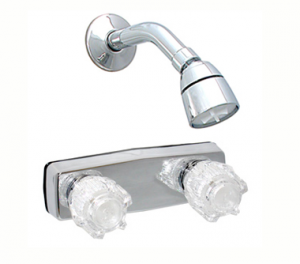 These items need to be ordered in the correct size from an MH-specific retailer. Manufactured home doors often are shorter than other doors. Standard doors at Lowe’s, for instance, are 80 inches tall. Most manufactured home doors are 76 or 78 inches, and these can be difficult to find. Tub and shower faucets need to have the same hole pattern as the back of the faucet, otherwise water will escape.
These items need to be ordered in the correct size from an MH-specific retailer. Manufactured home doors often are shorter than other doors. Standard doors at Lowe’s, for instance, are 80 inches tall. Most manufactured home doors are 76 or 78 inches, and these can be difficult to find. Tub and shower faucets need to have the same hole pattern as the back of the faucet, otherwise water will escape.
The niche stores as well as the standard home store are likely to carry light fixtures, appliances and construction materials. Of course, it always helps to measure a part, appliance or open space before heading to the store.
Manufactured Home DIY Enthusiasts Should Keep These Points in Mind
- The heating and cooling systems in manufactured homes may vary from traditional offerings.
- There is no benefit in placing a call to the supply store with the make and model of your home, according to Brace. From year to year manufacturers use different parts.
- If you want to upgrade your manufactured home, the part and process likely will cost more.
- Be ready to spend extra on shipping, especially if ordering large parts. Brace explained that while Star Supply ships large items, they must go via freight, which starts at $171.
- Manufactured Home Parts Store offers a series of video tutorials that walk manufactured home DIY enthusiasts through how to install and measure almost everything in a manufactured home, including the kitchen sink.


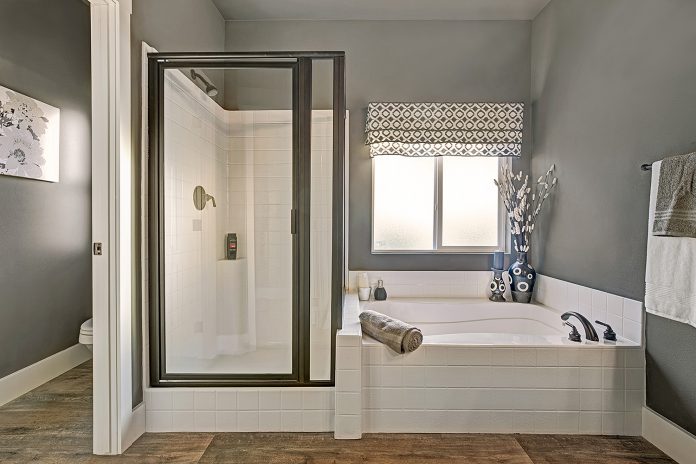
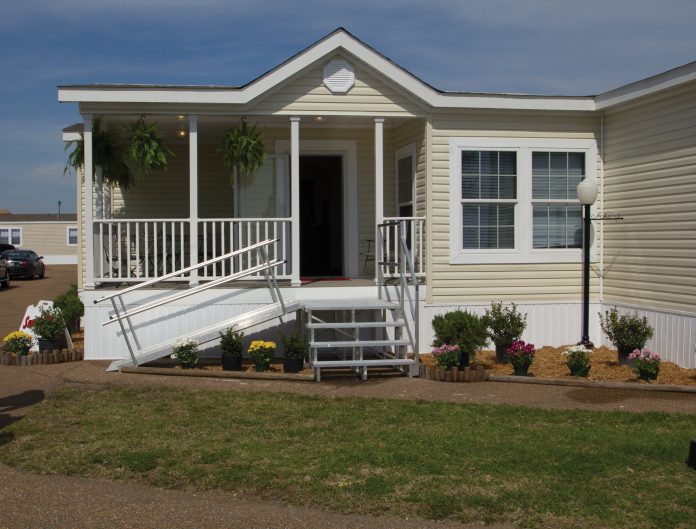
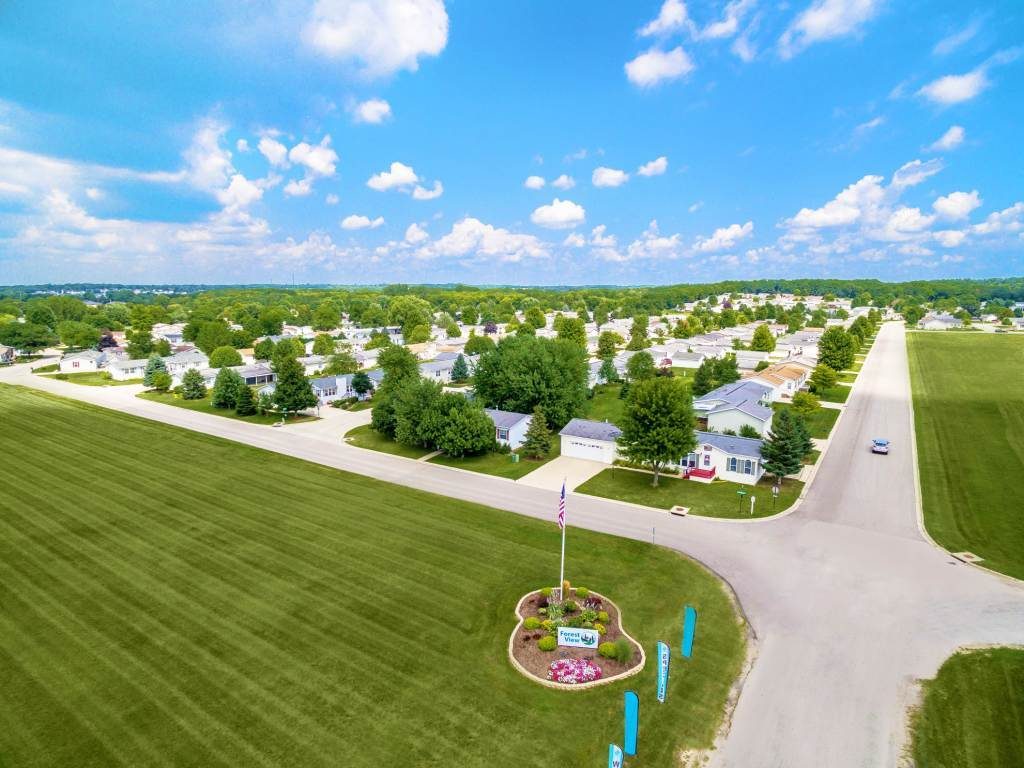
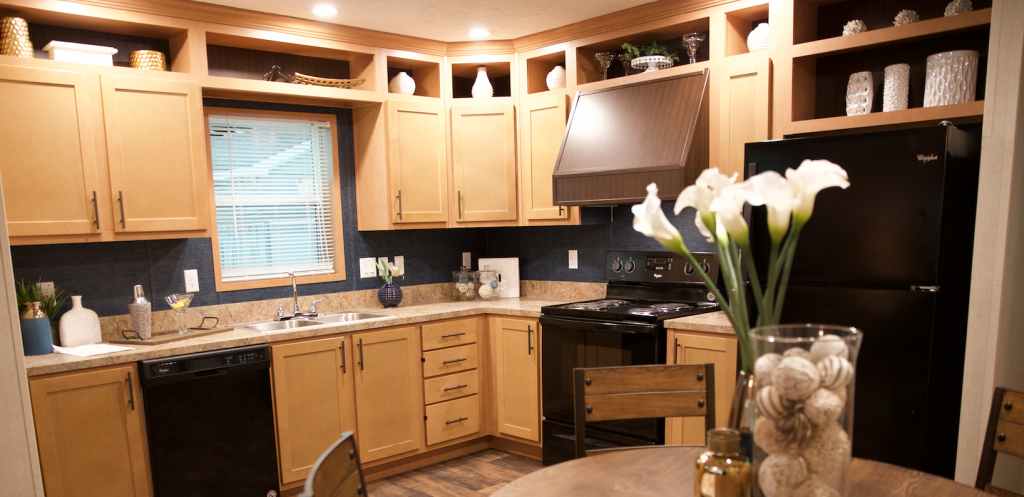
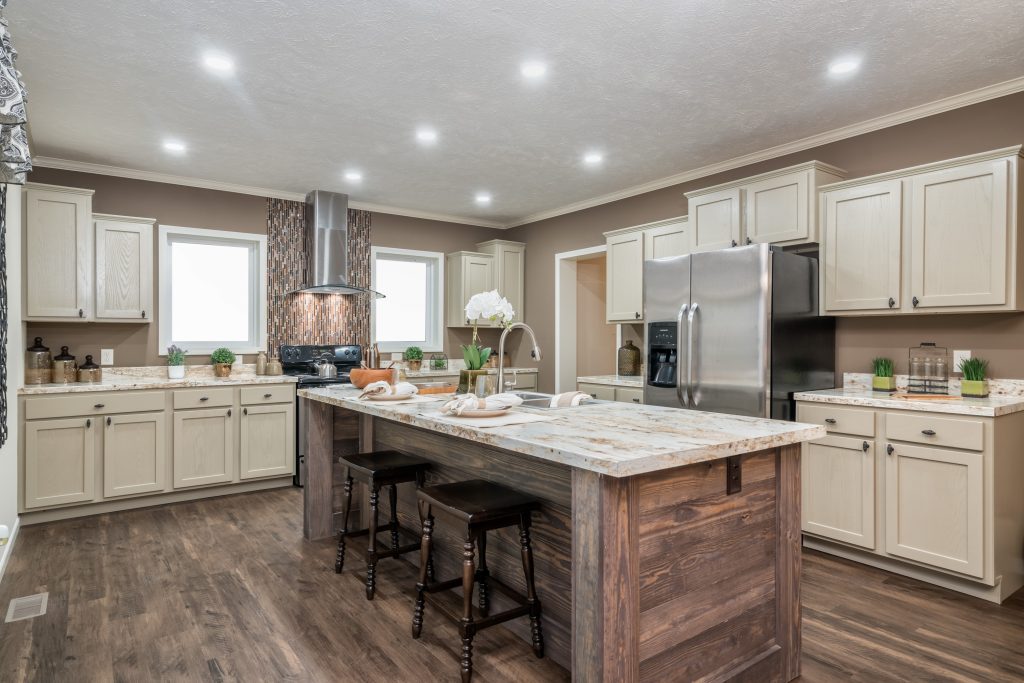
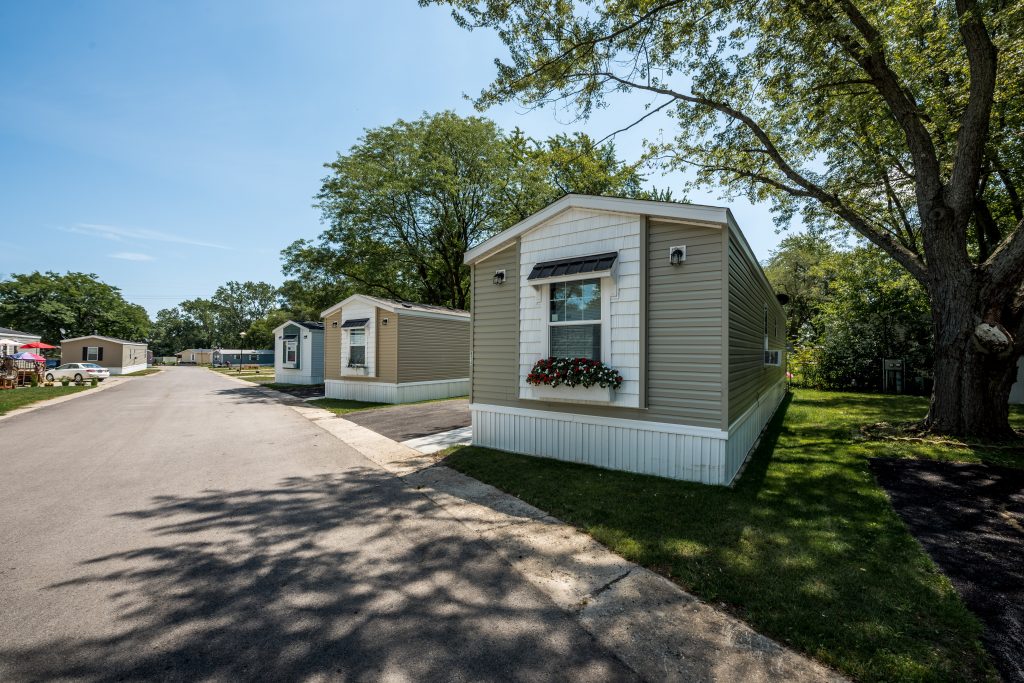

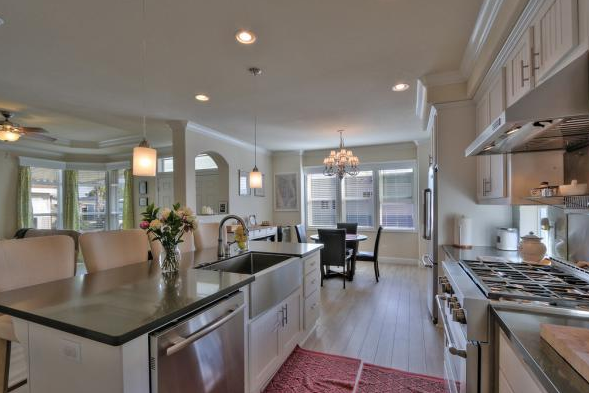

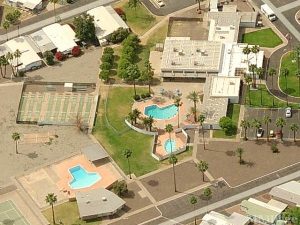
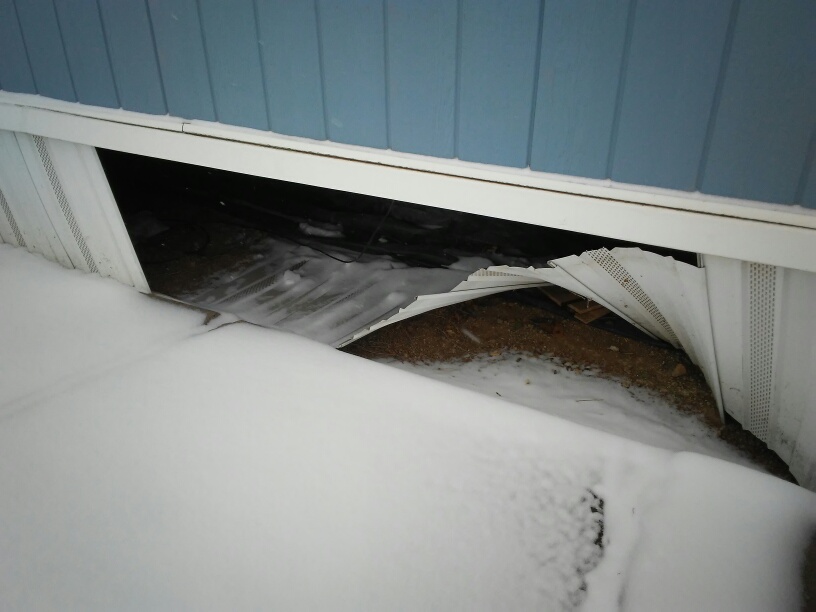



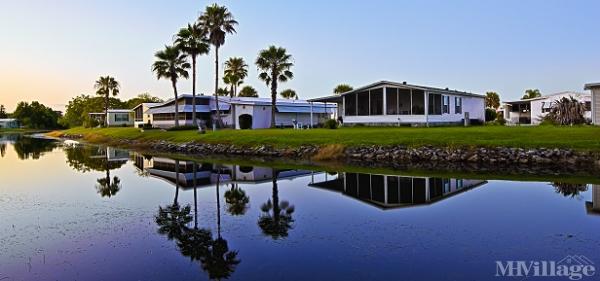
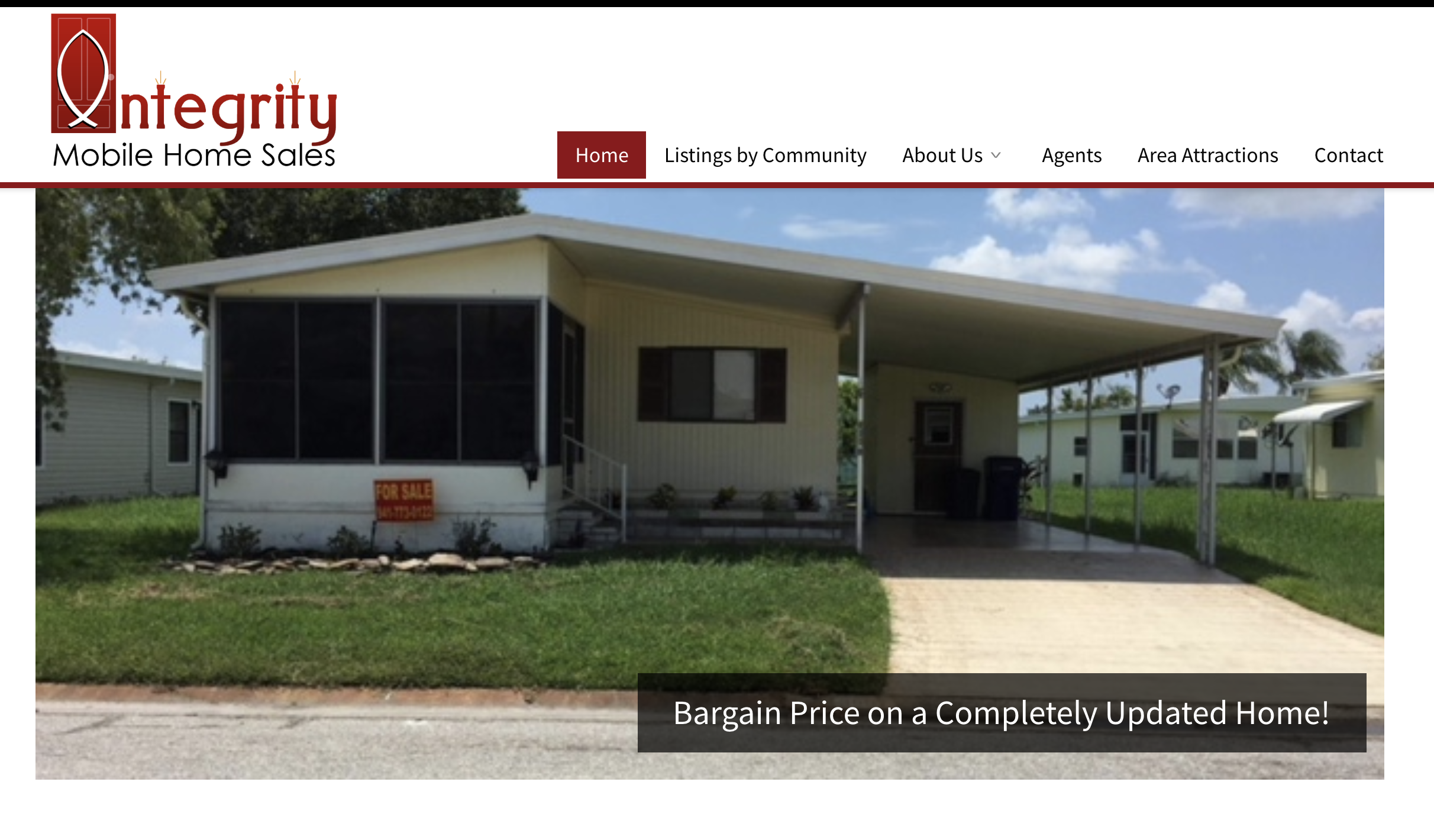

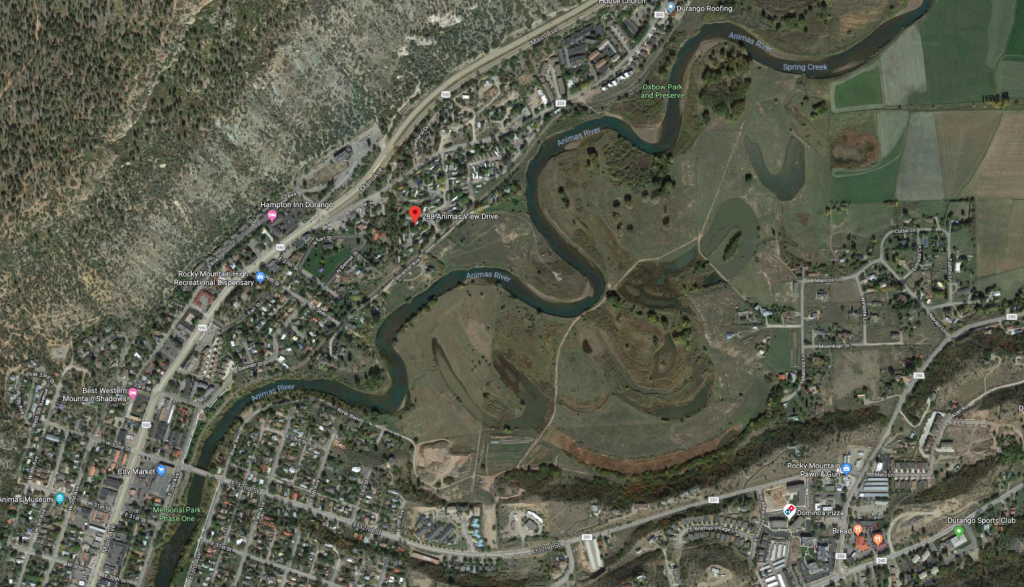
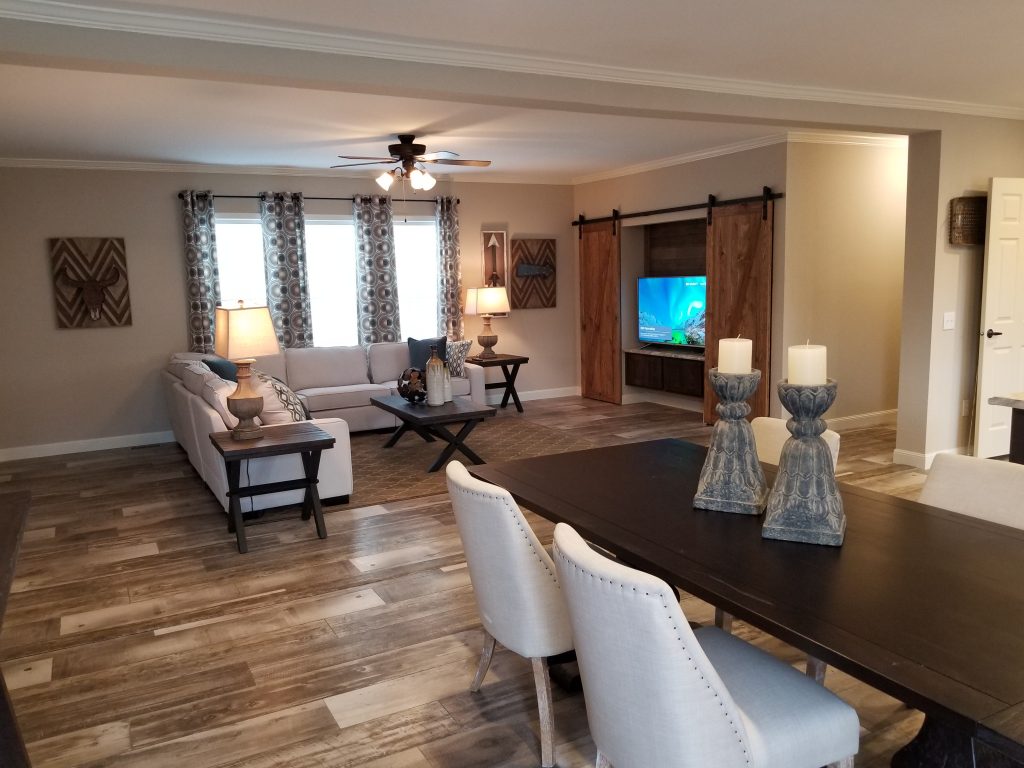
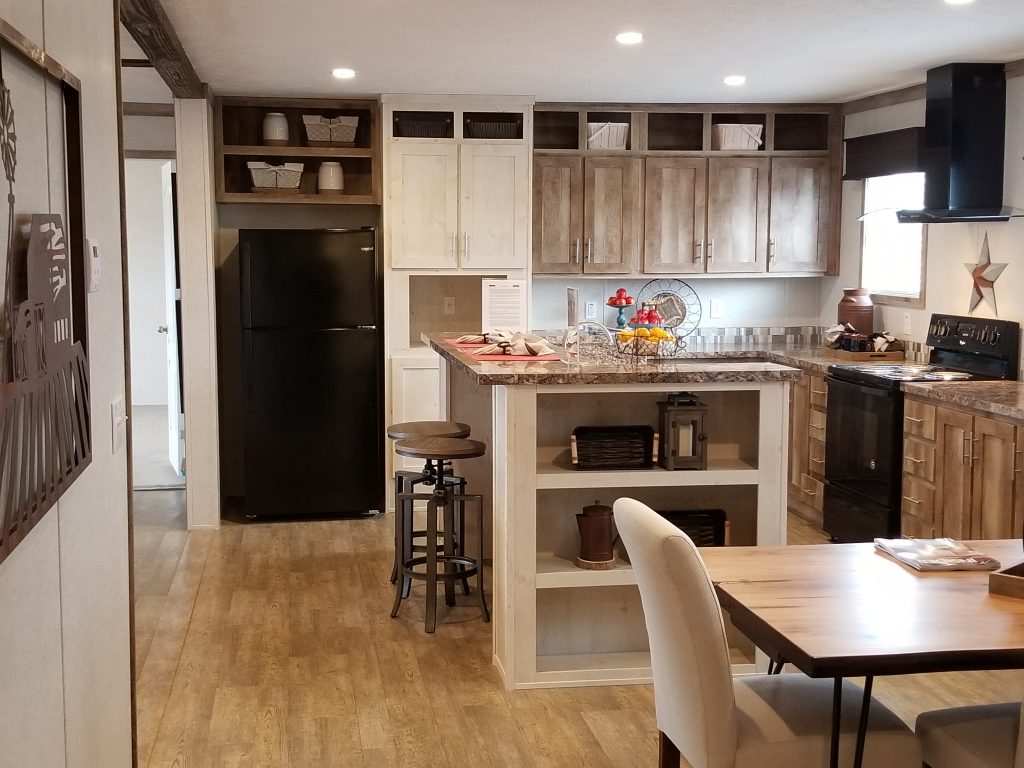
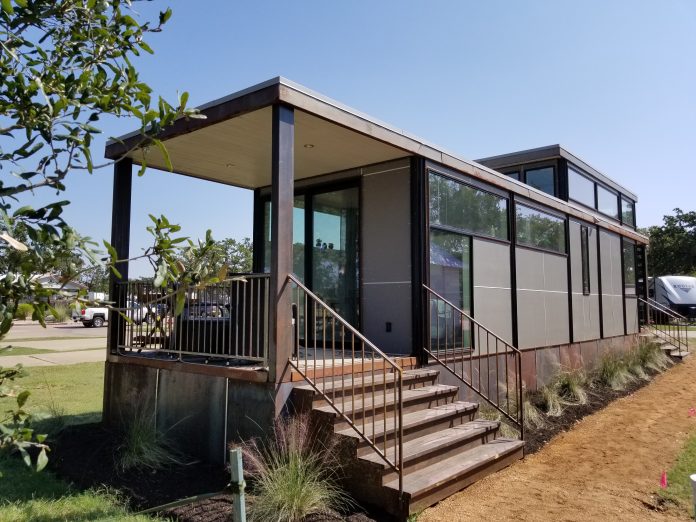

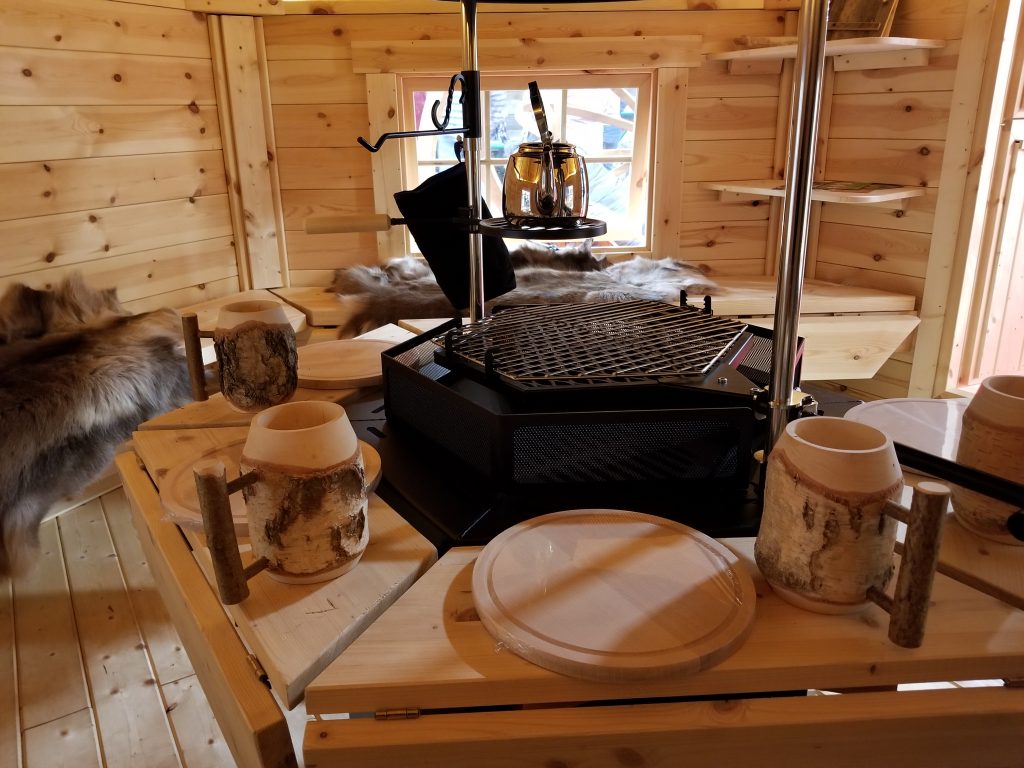
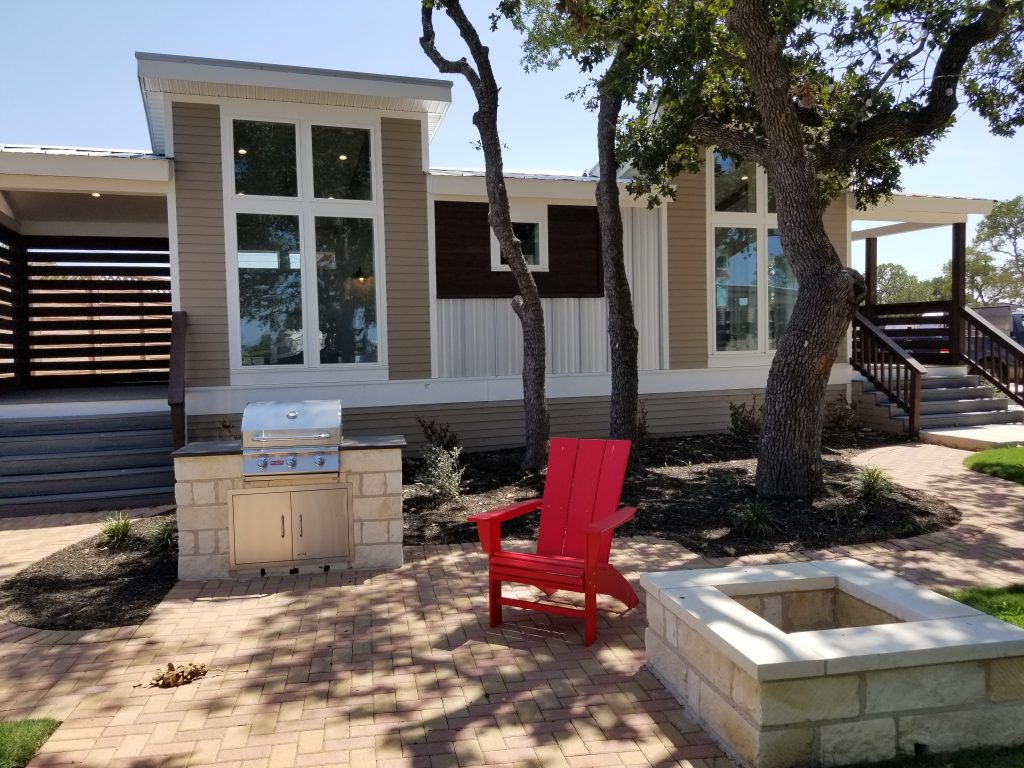
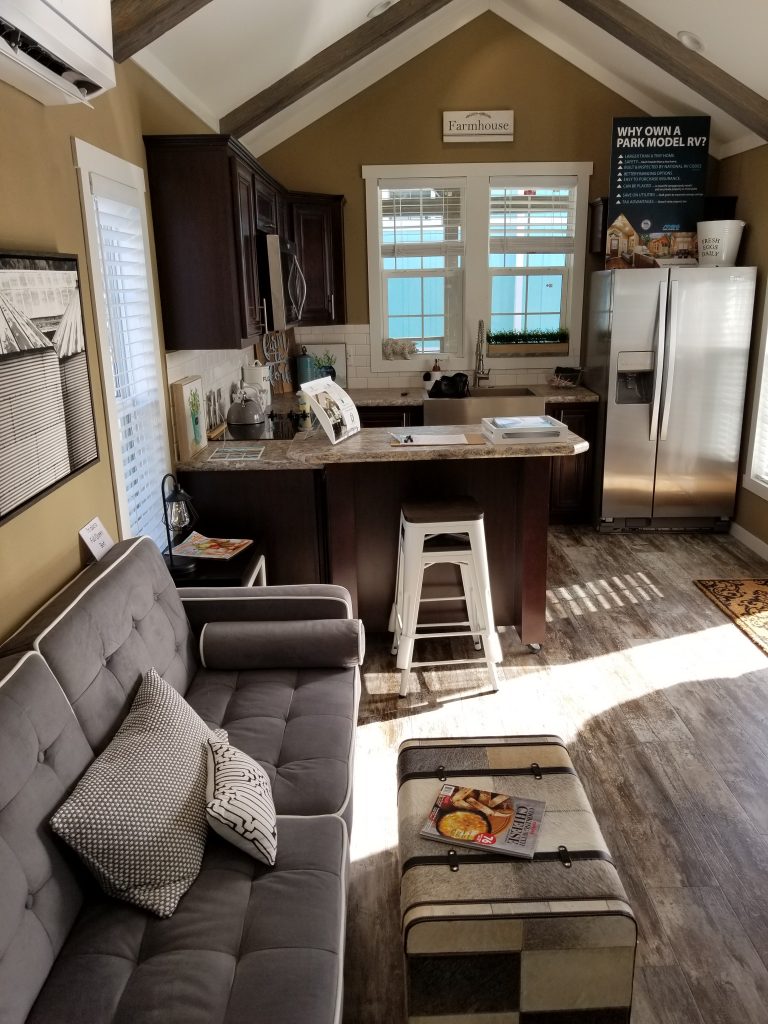
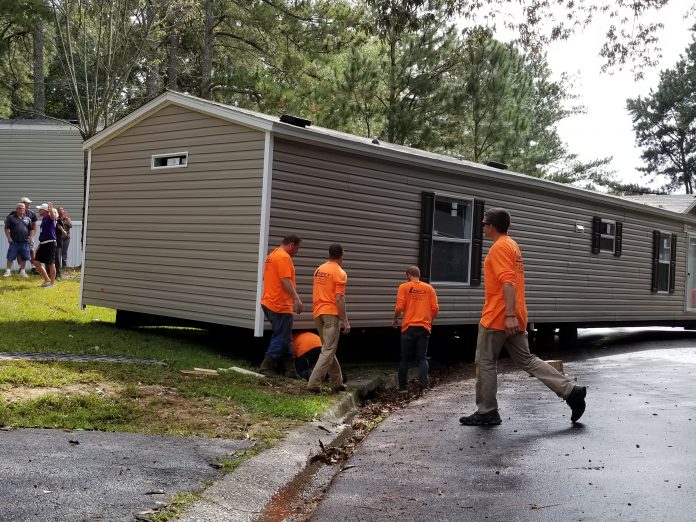
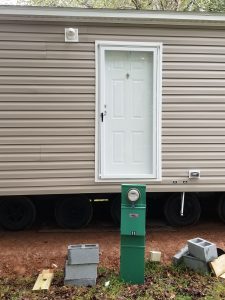
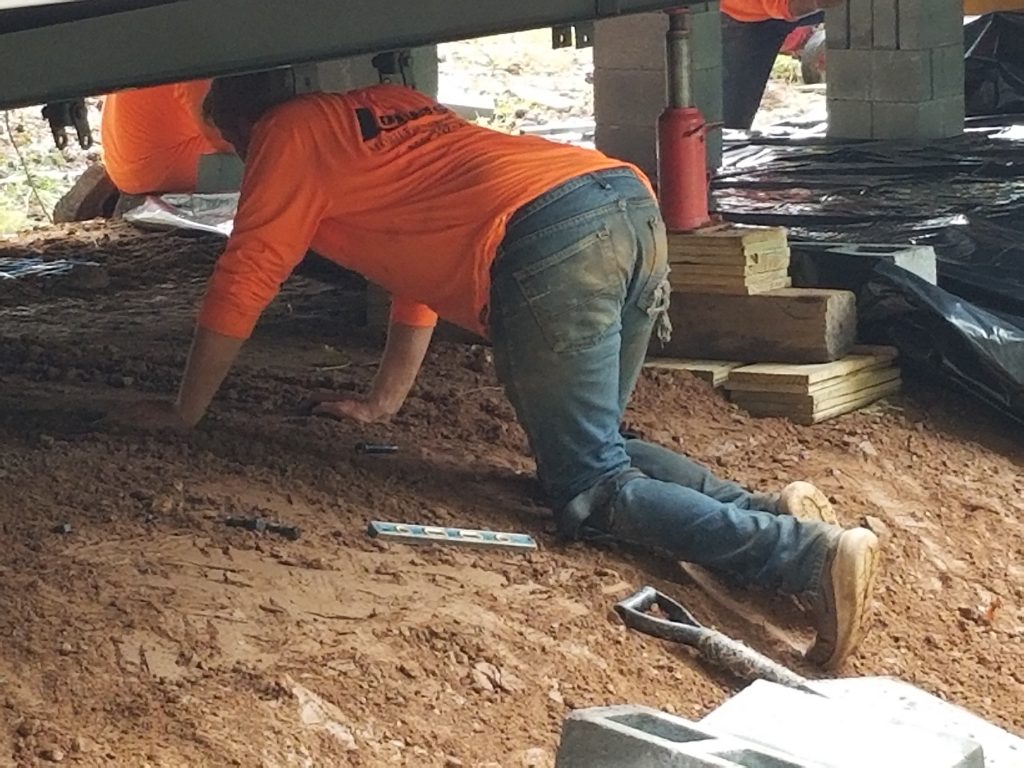
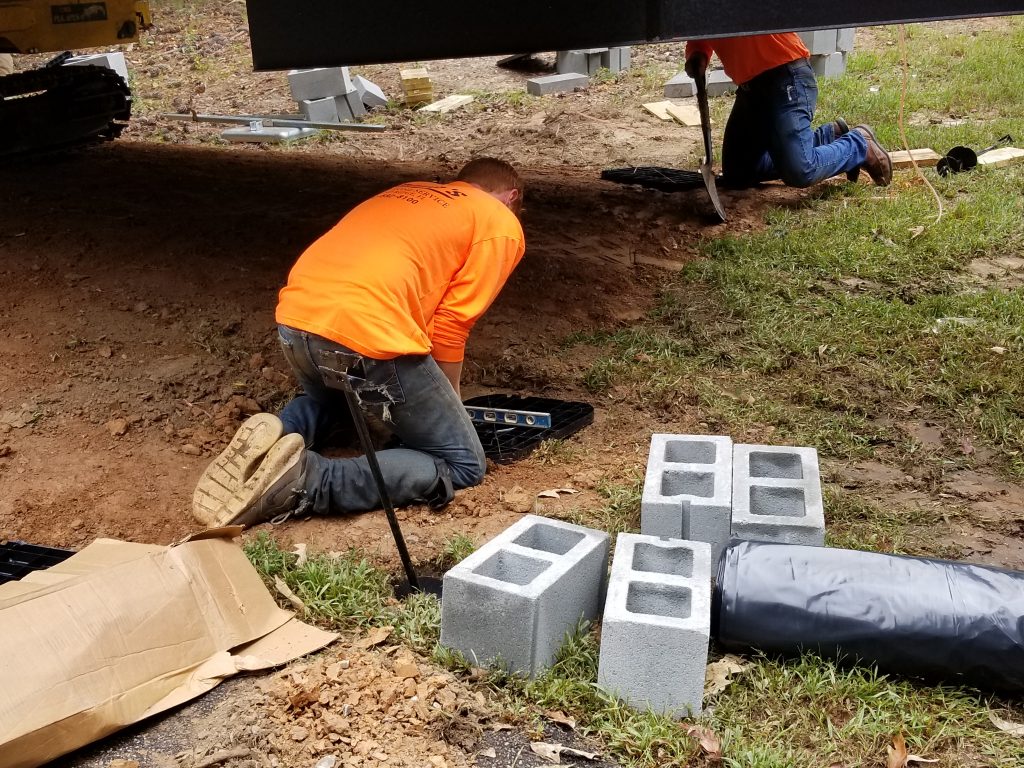

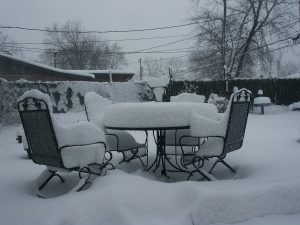
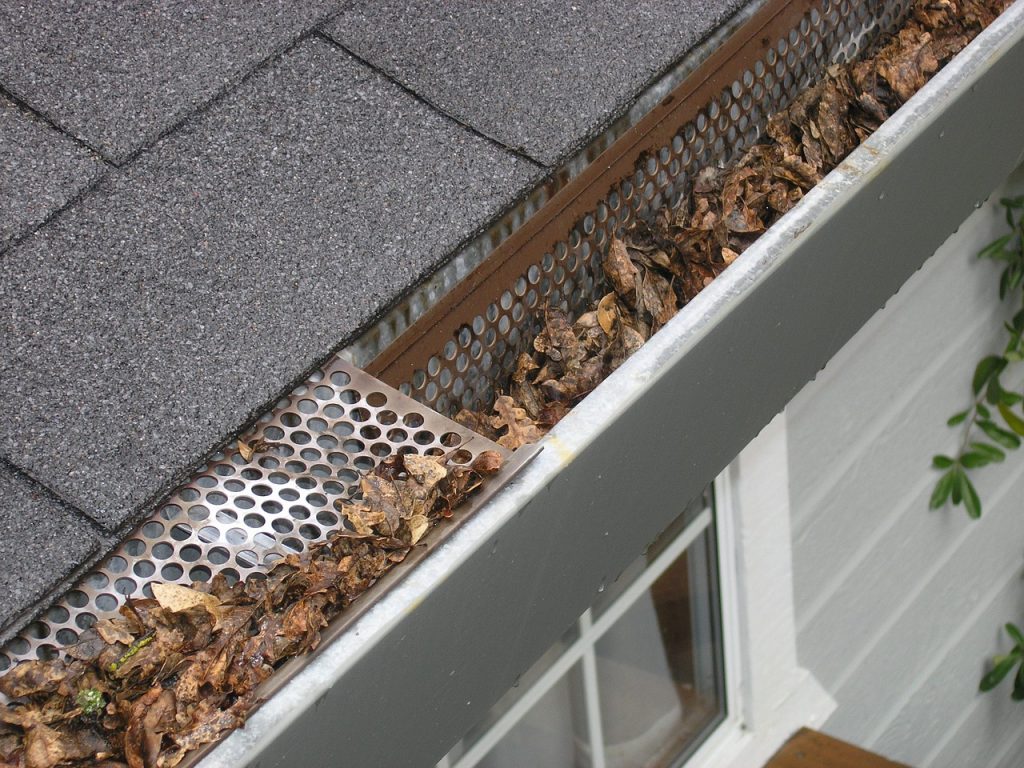

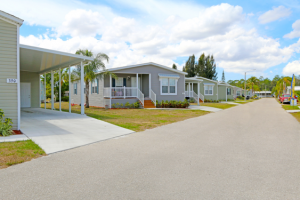 Concerns are mounting that a crowded ballot and two high-profile state campaigns may mean Florida’s Amendment 2 gets overlooked.
Concerns are mounting that a crowded ballot and two high-profile state campaigns may mean Florida’s Amendment 2 gets overlooked.
